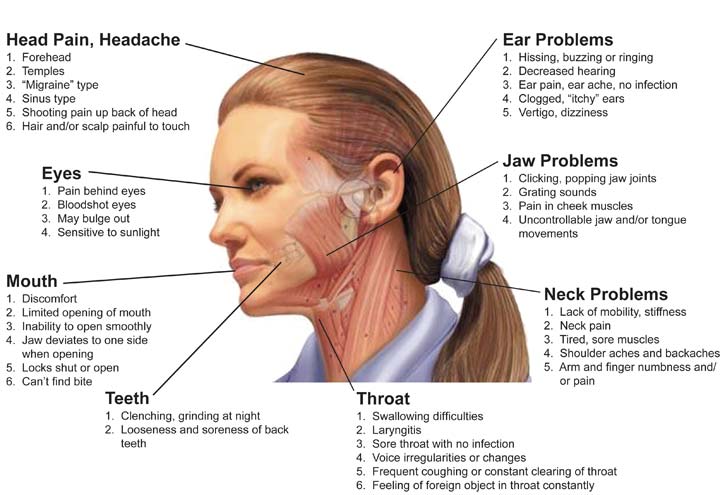TMJ Arthroscopy Cost

Temporomandibular Joint (TMJ) disorders can significantly impact one’s quality of life, causing pain, discomfort, and limitations in jaw movement. For individuals seeking a minimally invasive and effective treatment option, TMJ arthroscopy has emerged as a promising solution. However, like any medical procedure, understanding the associated costs is crucial. In this article, we delve into the realm of TMJ arthroscopy, exploring its benefits, procedure details, and the factors influencing its cost.
Understanding TMJ Arthroscopy:
TMJ arthroscopy is a minimally invasive surgical procedure designed to diagnose and treat disorders affecting the temporomandibular joint. The temporomandibular joint connects the jawbone to the skull and allows for essential movements like chewing, talking, and yawning. When this joint experiences dysfunction, individuals may suffer from pain, swelling, and difficulty in jaw movement.
TMJ arthroscopy involves the use of a small, thin instrument called an arthroscope, which is inserted through a tiny incision near the jaw joint. The arthroscope contains a light and a camera, allowing the surgeon to visualize the joint and surrounding structures. The procedure aims to diagnose the underlying issue and, in many cases, provides therapeutic intervention to alleviate symptoms.
Benefits of TMJ Arthroscopy:
- Minimally Invasive: TMJ arthroscopy is less invasive than traditional open-joint surgery. It involves smaller incisions, reducing the risk of complications, scarring, and promoting quicker recovery.
- Accurate Diagnosis: The arthroscope provides a real-time, detailed view of the joint, enabling the surgeon to accurately diagnose the problem. This precision allows for targeted and effective treatment.
- Reduced Recovery Time: Patients undergoing TMJ arthroscopy typically experience a shorter recovery time compared to those undergoing traditional open-joint surgery. The minimally invasive nature of the procedure contributes to a faster return to normal activities.
- Outpatient Procedure: In many cases, TMJ arthroscopy is performed on an outpatient basis, meaning patients can go home on the same day as the surgery. This can lead to cost savings compared to more extended hospital stays.
Factors Influencing TMJ Arthroscopy Cost:
- Geographic Location: The cost of medical procedures, including TMJ arthroscopy, can vary significantly based on the geographic location. Factors such as regional healthcare costs, facility fees, and local economic conditions can influence the overall cost of the procedure.
- Surgeon’s Experience and Expertise: The experience and expertise of the surgeon performing the TMJ arthroscopy can impact the overall cost. Highly skilled and experienced surgeons may command higher fees, but their expertise can contribute to successful outcomes and reduced risks.
- Facility Fees: The facility where the procedure is performed will have associated fees, including operating room charges, equipment costs, and nursing staff expenses. Ambulatory surgery centers may have different fee structures compared to hospital-based facilities.
- Anesthesia Costs: The use of anesthesia during TMJ arthroscopy contributes to the overall cost. Anesthesia fees depend on the type of anesthesia used and the duration of the procedure.
- Diagnostic Testing: Prior to TMJ arthroscopy, diagnostic tests such as imaging studies may be required to assess the condition of the temporomandibular joint. These tests can add to the overall cost of the procedure.
- Postoperative Care: The cost of postoperative care, including follow-up appointments, rehabilitation, and any prescribed medications or therapies, should be considered when estimating the total expense of TMJ arthroscopy.
Insurance Coverage:
In some cases, health insurance may cover the costs associated with TMJ arthroscopy, especially if the procedure is deemed medically necessary. However, coverage policies vary among insurance providers, and pre-authorization may be required. Patients are encouraged to contact their insurance providers to understand the extent of coverage and any out-of-pocket expenses they may incur.
Conclusion:
TMJ arthroscopy offers a valuable and minimally invasive option for individuals suffering from temporomandibular joint disorders. While the procedure provides numerous benefits, it is essential to consider the factors influencing its cost. Patients should engage in open communication with their healthcare providers to gain a comprehensive understanding of the expenses involved and explore potential insurance coverage. Ultimately, investing in the health and well-being of the temporomandibular joint can lead to improved quality of life and long-term relief from TMJ-related symptoms.





